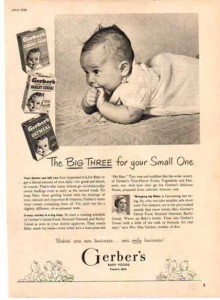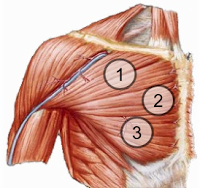(This may look like a random collection of links to most. That’s ok, feel free to click and enjoy)
History, Legacy, Feel-Good Stuff:
Great Beginnings New Mothers Groups. My Legacy. Begun in West Roxbury, 1995. Ended in 2014, after reaching 25,000 families in five states and thirteen locations. The curriculum is continued in a variety of community centers, childcare programs, birth centers and parenting programs nationally. See the experiences of some original Isis participants.
Magic Beans says a thoughtful Goodbye to Isis Parenting and Nancy
The Atlantic covers the MIT Program Building a Better Breastpump
Boston Globe’s thoughts on What Happened to Isis. (they only get it half-right, but it’s still nice)
Journal of Obstetric, GYN and Neonatal Nursing (JOGNN) free access to my publication abstract on Early Parenting and Sleep.
AWHONN (Association of Women’s Health, Obstetric and Neonatal Nurses) see my Super Cool Sleep Poster presentation on supporting parents around infant sleep.
Links Related to Topics Discussed
Go on, take a bath together! Newborn Co-Bathing is a thing if your baby hates the baby tub.
Brief Pump, Store and Feed Careplan may be useful. More on this later.
Breastfeeding Webinar Five Tips for Better Pumping with info about why I recommend pumping after breastfeeding, not mid-way between feeds.
How to Nurse Sidelying and on both sides! Best tweaked in person – remind me.
Soon less crying, more playing on the Changing Table! I promise!
Cradle Cap from Mayo Clinic (a trustworthy clinical source for parents IMO) – we can discuss if you want to use Head’n’Shoulders ( if pedi-approved) and get rid of it in a week, or nothing or jojoba or coconut oil and get rid of it in 1-2 months. Either way works.
How to SAVE a Baby’s LIFE – INFANT CPR ! Watch this 3 min. video. Also, a 2 minute choke-saving skills video review. Let’s review both of these important skills!
For S.: my favorite Infant Massage music – the original House at Pooh Corner. We also talked about Tummy Massage for Gas.
Verify Credentials: RN CPN IBCLC
RN: View my Registered Nursing License here, current and in good standing since 1989. That’s 30 years if you are sleep deprived 😉 Check credentials.
CPN: View my Board Certification for Pediatric Nursing here, an advanced credential held for a decade and recertified every two years. View verification
IBCLC: International Board Certified Lactation Consultant – in continuous practice since 1998. Yes, I have been a BOARD CERTIFIED feeding specialist for over 20 years, learning more each week from every mom and baby I meet. Verify IBCLC credential






